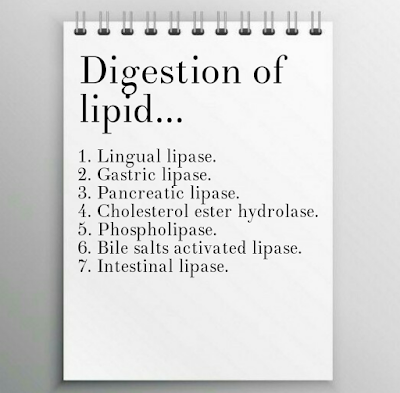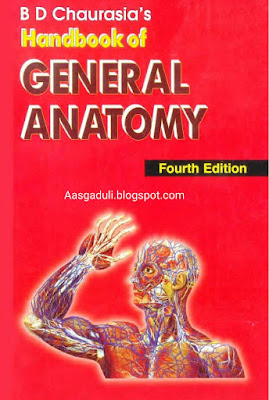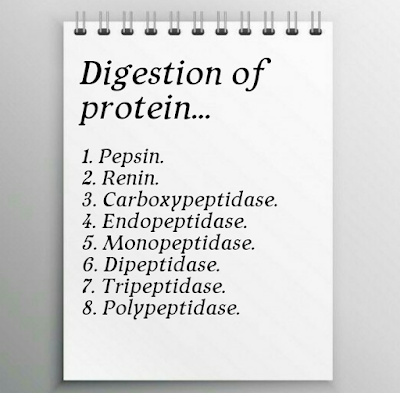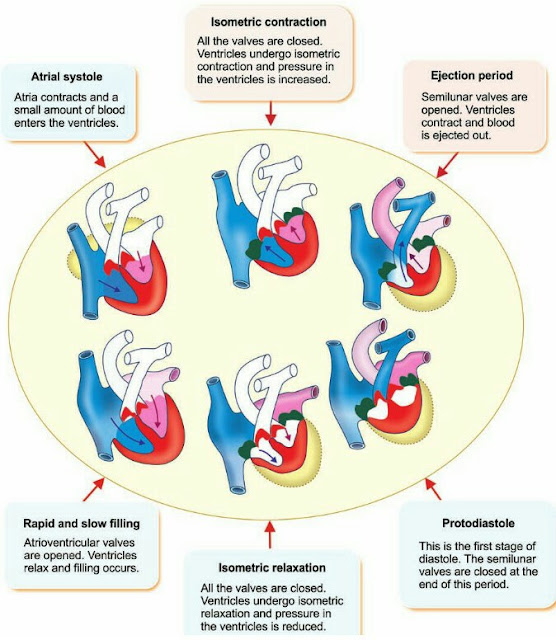Femur

Femur The femur is a latin word it means thigh. Femur is the longest and strongest bone of the body. Femur has 27% length of total body length. Weight of femur is about 380gm in males and 279gm in females. Quantity of femur are two in number. Side Determination 1. Head directed medially. 2. Medial and lateral condyle (lower end) inferiorly. 3. Cylindrical shaft is convex forward. Joint Formation 1. Hip joint - between head of femur and acetabulum of Hip bone . 2. Knee joint - between lower end of femur and upper end of Tibia. Features It has upper end, lower end and shaft. Right femur anterior aspect Upper end It has head, neck, greater trochanter ( Greek- runner), lesser trochanter, intertrochantric line and intertrochantric crest. Head - It forms more than half a sphere and is directed madially, upwards and slightly forwards. It articulates with the acetabulum to form hip joint. It has a pit that is called fovea.







